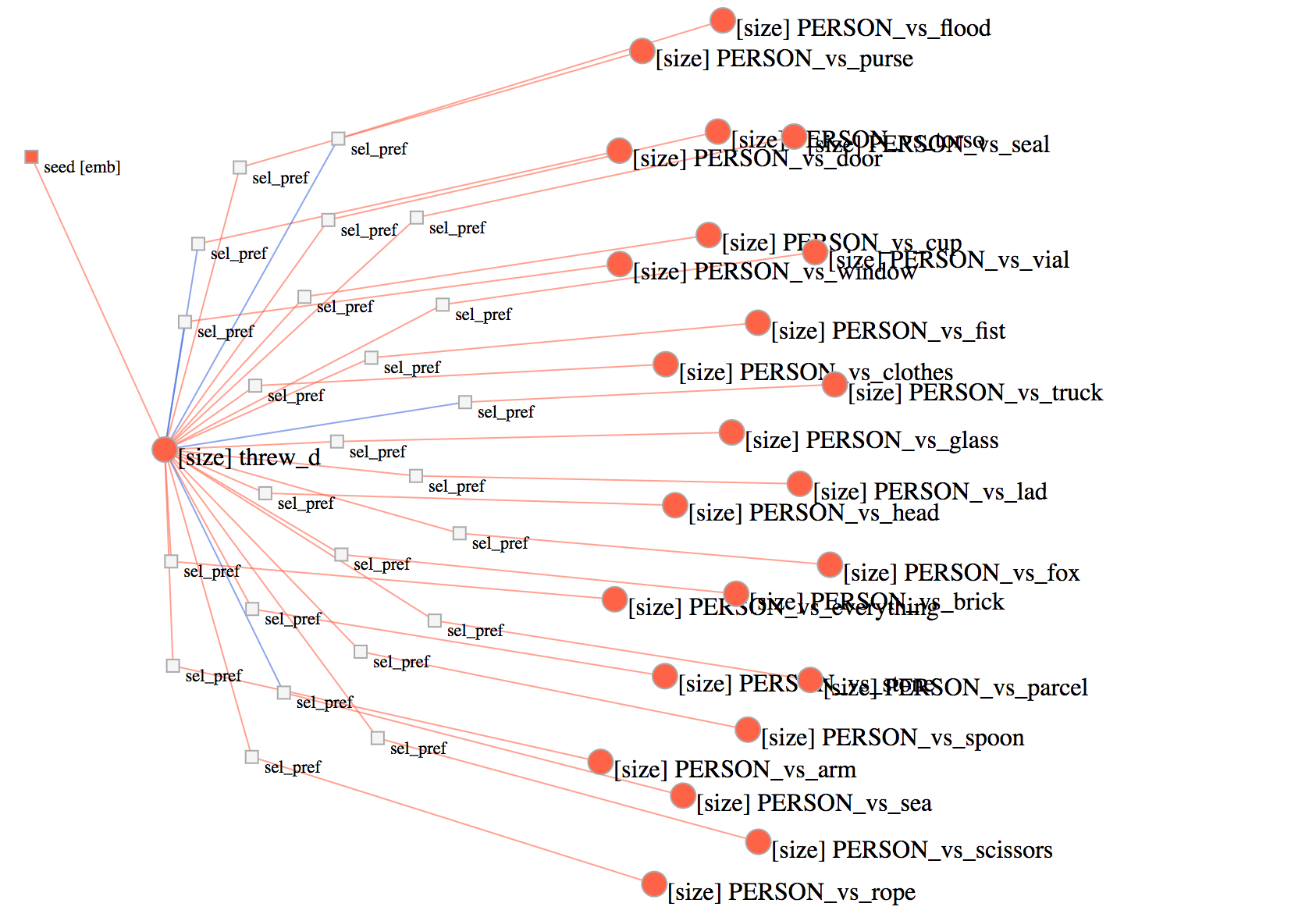This is a tiny python library that allows you to build factor graphs and run
the (loopy) belief propagation algorithm with ease. It depends only on
numpy.
pip install factorgraphCode (found in examples/simplegraph.py):
import numpy as np
import factorgraph as fg
# Make an empty graph
g = fg.Graph()
# Add some discrete random variables (RVs)
g.rv('a', 2)
g.rv('b', 3)
# Add some factors, unary and binary
g.factor(['a'], potential=np.array([0.3, 0.7]))
g.factor(['b', 'a'], potential=np.array([
[0.2, 0.8],
[0.4, 0.6],
[0.1, 0.9],
]))
# Run (loopy) belief propagation (LBP)
iters, converged = g.lbp(normalize=True)
print 'LBP ran for %d iterations. Converged = %r' % (iters, converged)
print
# Print out the final messages from LBP
g.print_messages()
print
# Print out the final marginals
g.print_rv_marginals()Output:
LBP ran for 3 iterations. Converged = True
Current outgoing messages:
b -> f(b, a) [ 0.33333333 0.33333333 0.33333333]
f(a) -> a [ 0.3 0.7]
a -> f(a) [ 0.23333333 0.76666667]
a -> f(b, a) [ 0.3 0.7]
f(b, a) -> b [ 0.34065934 0.2967033 0.36263736]
f(b, a) -> a [ 0.23333333 0.76666667]
Marginals for RVs:
a
0 0.07
1 0.536666666667
b
0 0.340659340659
1 0.296703296703
2 0.362637362637
You can use factorgraph-viz to
visualize factor graphs interactively in your web browser.
Open an issue or send a PR if you'd like your project listed here.
There's plenty of low-hanging fruit to work on if you'd like to contribute to this project. Here are some ideas:
- Unit tests
- Auto-generated python docs (what's popular these days?)
- python3 compatability
- Performance: measure bottlenecks and improve them (ideas: numba; parallelization for large graphs;)
- Remove or improve ctrl-C catching (the
E_STOP) - Cleaning up the API (essentially duplicate constructors for
RVs andFactors within theGraphcode; probably should have a node superclass forRVs andFactors that pulls out common code).
-
to Matthew R. Gormley and Jason Eisner for the Structured Belief Propagation for NLP Tutorial, which was extremely helpful for me in learning about factor graphs and understanding the sum product algorithm.
-
to Ryan Lester for pyfac, whose tests I used directly to test my implementation

